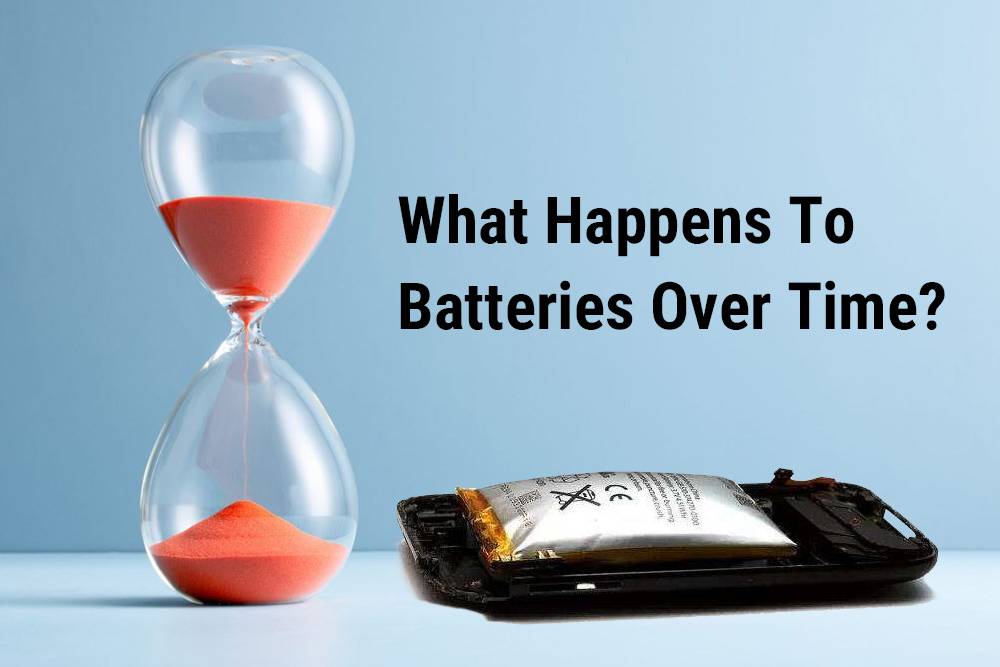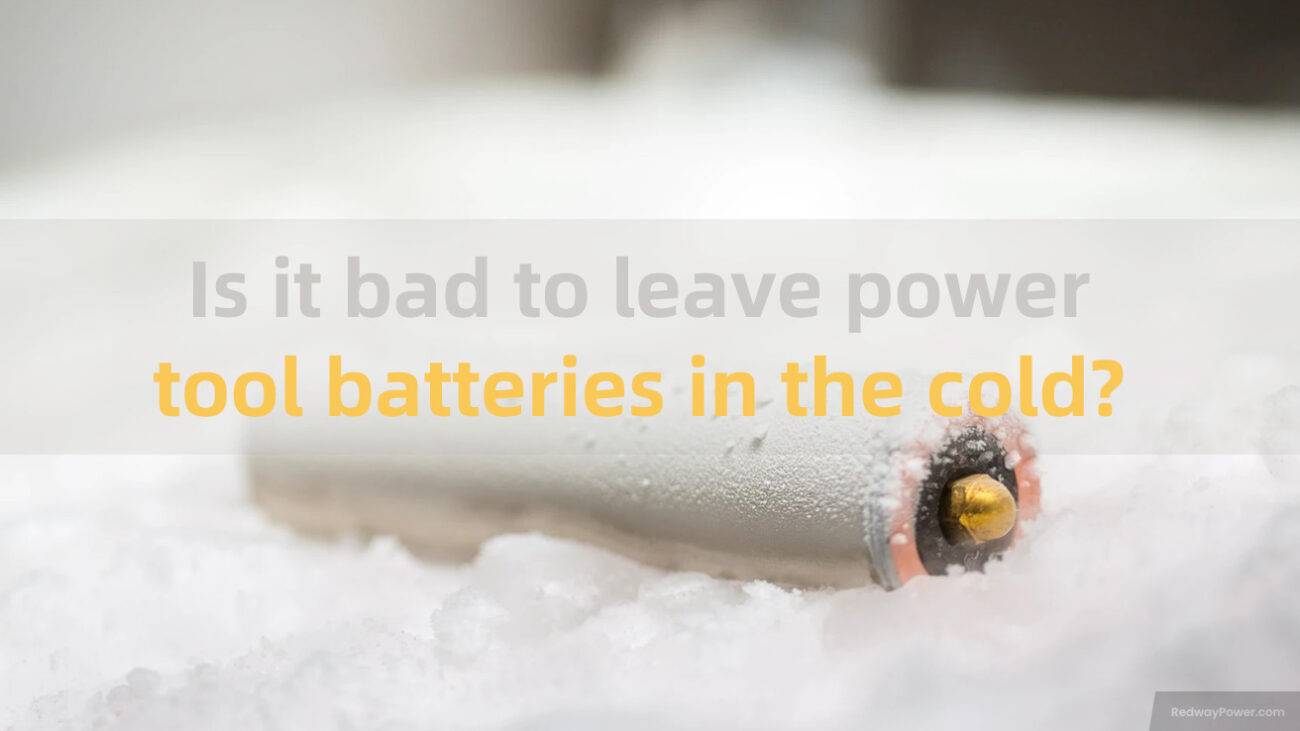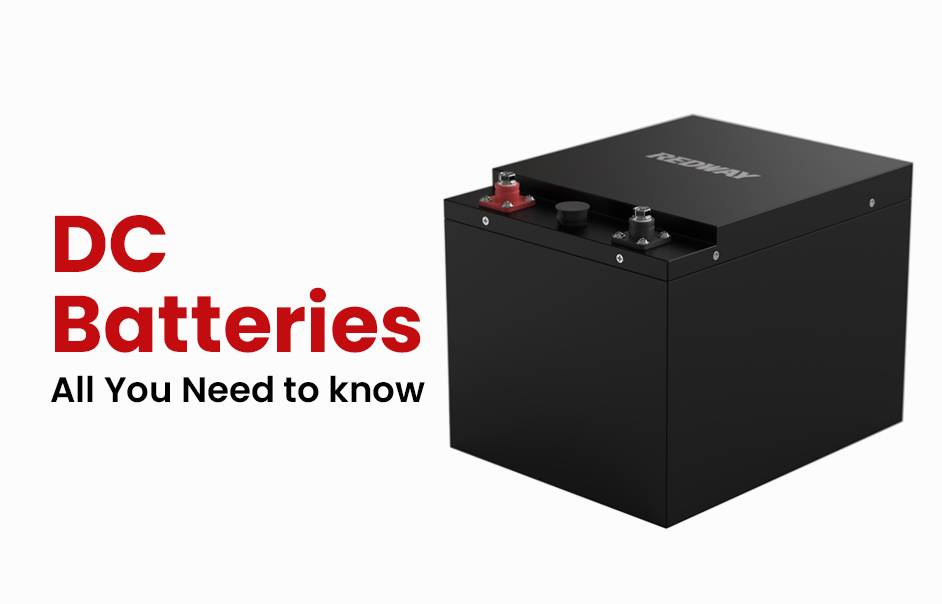Electricity has an exciting history, from ancient batteries to modern technology. This guide explores how electricity was discovered, the development of early batteries, and how these inventions have shaped our world today, making everything from lights to mobile phones possible.
Table of Contents
ToggleHow was electricity first used practically?
Electricity was first used practically with the invention of the incandescent light bulb in the 1870s. This innovation revolutionized lighting, replacing gas lighting with electric lighting. It brought the practical application of electricity into homes and factories, significantly reducing fire hazards and providing a safer and more reliable source of illumination.

- Incandescent Light Bulb: The invention of the practical incandescent light bulb led to the first public application of electrical power.
- Replacement of Gas Lighting: Electric lighting replaced hazardous gas lighting systems, reducing fire hazards in homes and factories.
- Practical Application: The widespread use of electric lighting marked the beginning of the practical application of electricity in various settings.
- Safer and More Efficient: Electric lighting provided a safer, more efficient, and reliable source of illumination compared to traditional gas lighting systems.
The practical use of electricity began with the invention of the incandescent light bulb, which replaced hazardous gas lighting systems. This breakthrough revolutionized lighting, providing a safer and more efficient source of illumination. The widespread adoption of electric lighting marked the beginning of the practical application of electricity, setting the stage for further advancements in electrical technology.
What is the Parthian Battery?
The Parthian Battery is an ancient artifact dating back around 2,000 years. It consists of a clay jar filled with a vinegar solution, housing an iron rod encased by a copper cylinder. This unique configuration is believed to generate electricity, producing an estimated voltage of 1.1 to 2.0 volts. The purpose and exact function of the Parthian Battery remain subjects of debate among experts. Its discovery sheds light on the advanced technological knowledge of ancient civilizations.
- The Parthian Battery: The Parthian Battery is an ancient artifact estimated to be around 2,000 years old.
- Unique Configuration: It consists of a clay jar filled with a vinegar solution, housing an iron rod encased by a copper cylinder.
- Electricity Generation: The configuration of the Parthian Battery is believed to generate electricity, with an estimated voltage of 1.1 to 2.0 volts.
- Purpose and Debate: The purpose and exact function of the Parthian Battery are still debated among experts, adding to its mystery and intrigue.
The Parthian Battery is an ancient artifact that showcases the advanced technological knowledge of ancient civilizations. Its unique configuration, consisting of a clay jar, vinegar solution, iron rod, and copper cylinder, has sparked debates and speculation among experts. The discovery of the Parthian Battery highlights the ingenuity and innovation of ancient people and provides insights into early attempts at harnessing electrical power.
How did the Parthian Battery work?
The Parthian Battery operated by utilizing a simple electrochemical reaction. It consisted of a clay jar filled with vinegar, with an iron rod surrounded by a copper cylinder inserted into the liquid. When the iron rod and copper cylinder made contact with the vinegar solution, a chemical reaction occurred, generating approximately 1.1 to 2 volts of electricity. Although the exact purpose of the Parthian Battery is still debated, it is believed to have been used for electroplating or other similar applications.
- The Parthian Battery: The Parthian Battery consisted of a clay jar filled with vinegar.
- Electrochemical Reaction: An iron rod surrounded by a copper cylinder was inserted into the vinegar solution.
- Electricity Generation: When the iron rod and copper cylinder made contact with the vinegar solution, a chemical reaction occurred, resulting in the production of approximately 1.1 to 2 volts of electricity.
- Purpose and Debate: The exact purpose of the Parthian Battery is still debated among experts, with theories suggesting it was used for electroplating or other similar applications.
The Parthian Battery operated based on a simple electrochemical reaction, generating a small amount of electricity. Although the exact purpose of the battery remains uncertain, it serves as a testament to the ancient knowledge of electrochemical processes and the potential applications of electricity in antiquity.
What is electroplating?
Electroplating is the process of coating a metal object with another metal through electrolytic deposition. It involves the use of an electric current to create a chemical reaction that deposits a thin layer of metal onto the surface of an object. This process is commonly used for decorative purposes, to prevent corrosion, or to improve the appearance and durability of an object.

- Electrolytic Deposition: Electroplating involves the use of an electric current to create a chemical reaction that deposits a thin layer of metal onto the surface of an object.
- Coating Metal Objects: The purpose of electroplating is to coat a metal object with another metal, such as chromium, silver, or another metal.
- Applications: Electroplating is commonly used for decorative purposes, to prevent corrosion, or to improve the appearance and durability of an object.
- Electrolyte and Electric Current: The process requires an electrolyte solution and the flow of an electric current to facilitate the deposition of metal onto the object’s surface.
Electroplating is a process used to coat metal objects with other metals through electrolytic deposition. It is commonly employed for decorative purposes, corrosion prevention, and enhancing the appearance and durability of objects. By utilizing an electric current and an electrolyte solution, a thin layer of metal can be deposited onto the surface of an object. Electroplating finds applications in various industries, including automotive, jewelry, and electronics, to name a few.
How was static electricity first generated?
Static electricity was first generated by the Greek philosopher Thales of Miletus around 600 BCE. He discovered that when amber was rubbed with silk, it became electrically charged and attracted objects. This discovery marked the earliest signs of the study of static electricity, laying the foundation for further exploration and understanding of this phenomenon.
- Thales of Miletus: Thales discovered that when amber was rubbed with silk, it became electrically charged and attracted objects.
- Early Signs of Study: This discovery marked the earliest signs of the study of static electricity.
- Amber and Silk: The rubbing of amber with silk generated an electric charge, leading to the observation of static electricity.
- Foundation for Exploration: Thales’ discovery laid the foundation for further exploration and understanding of static electricity.
Static electricity was first generated by Thales of Miletus through the rubbing of amber with silk, resulting in an electric charge. This discovery marked the earliest signs of the study of static electricity and set the stage for further exploration and understanding of this phenomenon.
What is a Leyden jar?
A Leyden jar is an early electrical device used to store static electricity. It consists of a glass jar lined with metal foil on the inside and outside surfaces, creating conductive layers. The Leyden jar is capable of storing a high-voltage electric charge between these conductive layers. It played a crucial role in early experiments with electricity, demonstrating the principles of capacitance and electrical energy storage.
- Leyden Jar: A Leyden jar is an electrical component used to store static electricity.
- Construction: It consists of a glass jar lined with metal foil on the inside and outside surfaces, creating conductive layers.
- Electric Charge Storage: The Leyden jar stores a high-voltage electric charge between the inner and outer conductive layers.
- Early Experiments: The Leyden jar played a crucial role in early experiments with electricity, demonstrating principles of capacitance and electrical energy storage.
The Leyden jar, an early electrical device, was used to store static electricity. Its construction, with metal foil linings on the inside and outside of a glass jar, allowed for the storage of a high-voltage electric charge. The Leyden jar played a vital role in early experiments with electricity, contributing to the understanding of capacitance and electrical energy storage.
Who invented the first electric battery?
The first electric battery was invented by the Italian physicist Alessandro Volta in 1800. Volta developed the Voltaic Cell, which consisted of two plates of different metals, such as copper and zinc, separated by an electrolyte. This invention provided the first source of continuous current, revolutionizing the field of electrical science and paving the way for modern battery technology.
- Alessandro Volta: Volta invented the first electric battery, known as the Voltaic Cell, in 1800.
- Voltaic Cell: The Voltaic Cell consisted of two metal plates, such as copper and zinc, separated by an electrolyte.
- Continuous Current: Volta’s invention provided the first source of continuous current, enabling significant advancements in electrical science.
- Impact: Volta’s invention laid the foundation for modern battery technology and revolutionized the field of electricity.
The first electric battery was invented by Alessandro Volta in 1800. His invention, the Voltaic Cell, provided the first continuous source of current and had a profound impact on the field of electricity. Volta’s pioneering work laid the foundation for the development of modern battery technology, shaping the way we harness and utilize electrical energy today.
How do early batteries work?
Early batteries, like the Voltaic Cell invented by Alessandro Volta, operated based on the principles of electrochemical reactions. The battery consisted of stacked discs of copper and zinc, with cloth soaked in a solution containing salt or acid serving as the electrolyte. The copper and zinc acted as electrodes, and when the metals and electrolyte were in contact, a chemical reaction took place. This reaction resulted in the flow of electrons, generating a continuous current. These early batteries provided the foundation for the development of modern battery technology.
- Voltaic Cell: The Voltaic Cell, invented by Alessandro Volta, was an early battery that utilized electrochemical reactions.
- Copper and Zinc Electrodes: The battery consisted of stacked discs of copper and zinc, acting as electrodes.
- Salty or Acidic Solution: Cloth soaked in a solution containing salt or acid served as the electrolyte.
- Chemical Reaction and Current: When the metals and electrolyte were in contact, a chemical reaction occurred, resulting in the flow of electrons and the generation of a continuous current.
Early batteries, such as the Voltaic Cell, operated based on electrochemical reactions. They consisted of stacked copper and zinc discs with a cloth soaked in a solution containing salt or acid as the electrolyte. These batteries generated a continuous current through chemical reactions, laying the foundation for modern battery technology.
How did Nikola Tesla impact electricity transmission?
Nikola Tesla had a profound impact on electricity transmission. He is credited with pioneering the generation, transmission, and use of alternating current (AC) electricity. Tesla’s inventions, including the induction motor and the Tesla coil, revolutionized the field of electrical engineering. His work enabled the development of efficient AC power systems that could transmit electricity over long distances, making electricity more accessible and practical for various applications.
- Nikola Tesla: Tesla pioneered the generation, transmission, and use of alternating current (AC) electricity.
- Alternating Current (AC): Tesla’s inventions and patents, such as the induction motor and the Tesla coil, revolutionized the field of electrical engineering.
- Greater Transmission Distances: AC electricity, championed by Tesla, allowed for the efficient transmission of electrical power over long distances.
- Modern Power Systems: Tesla’s work laid the foundation for modern power systems, enabling the widespread adoption of AC power for electricity transmission and distribution.
Nikola Tesla’s impact on electricity transmission cannot be overstated. His pioneering work in the field of AC electricity revolutionized power systems, making long-distance transmission of electrical power possible. Tesla’s inventions and patents continue to shape our modern power systems, ensuring the efficient generation, transmission, and use of electricity for various applications.
Post Views: 80













